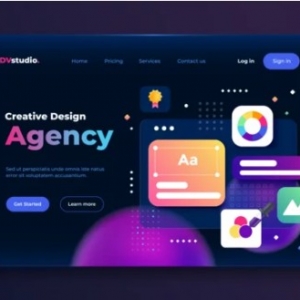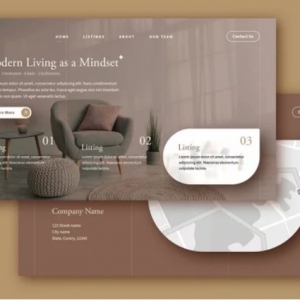Hey there! Whether you're a website designer or someone aiming to elevate your digital presence, you’ve come to the right place. In today’s digital landscape, a website without social media integration is like a recipe without seasoning. It might be well-structured, but it lacks flavor. So, how do you seamlessly integrate social media into your website? Read on to learn why this is essential for your online success and how you can achieve it effortlessly.
The Importance of Social Media Integration
Before diving into the methods, let’s discuss why integrating social media is crucial. Imagine you’ve just designed a beautiful website. It’s modern, responsive, and packed with features. Yet, your audience engagement isn’t as high as you’d hoped. Social media integration could be the secret ingredient that transforms passive visitors into active participants. It encourages them to share your content, follow your updates, and become part of your brand’s journey.
Consider this: when was the last time you visited a website without social media icons? Exactly. Integrating social media is not just a trend; it’s a fundamental aspect of modern web design. It enhances user experience, extends your reach, and connects your website with your social media platforms. Moreover, it boosts your SEO efforts—search engines appreciate social signals.
Implementing Social Media Integration
You’re convinced, but where to start? As a website designer, your first task is to determine which social media platforms align with your brand. Are you a visual storyteller? Platforms like Instagram and Pinterest might be your best allies. Is your content more professional? LinkedIn could be your focus. Once you’ve pinpointed the right platforms, it’s time to integrate them into your website.
-
Social Media Icons: These icons are essential. Position them prominently, such as in the header or footer, so visitors can easily find and follow you. Ensure they open in a new tab—nobody wants to lose their place on your site!
-
Embedded Feeds: Want to display your latest Instagram photos or Twitter updates directly on your site? Embedding feeds is an excellent way to keep your content fresh and dynamic. Plus, it offers visitors a glimpse of what they’re missing if they don’t follow you.
-
Sharing Buttons: Encourage visitors to share your content with a simple click. This not only broadens your reach but also serves as free advertising. Who wouldn’t love that?
Advanced Integration Strategies
Ready to elevate your integration game? Let’s explore some advanced techniques to transform your website into a social media hub.
-
Social Login: Allow users to log in using their social media accounts. This simplifies the process, increasing the likelihood of engagement. Plus, it provides access to valuable user data.
-
Social Proof: Showcase testimonials, reviews, or user-generated content from your social media platforms. This builds trust and demonstrates that real people appreciate your brand.
-
Live Chat via Social Media: Integrate platforms like Facebook Messenger directly into your site for real-time communication. It’s an excellent way to offer customer service and engage with visitors instantly.
A Personal Tale: My Integration Journey
Let me share a personal experience. When I started my career as a website designer, I created a portfolio site that I believed was exceptional. However, something was missing—engagement. After integrating my social media profiles, I noticed a significant increase in interaction. Visitors were not only following my work but also sharing it with their networks. It was a transformative moment for my career, and it can be for yours too.
Avoiding Common Mistakes
Even the most skilled website designers can make mistakes. Here are a few common pitfalls to avoid:
-
Overloading Your Site: Too many social media widgets can slow down your site and overwhelm visitors. Keep it simple and strategic.
-
Inconsistent Branding: Ensure your social media profiles align with the look and feel of your website. Consistency is key to building a recognizable brand.
-
Neglecting Mobile Users: Make sure your social media integrations are mobile-friendly. With so many users browsing on their phones, this is essential.
Conclusion: Embrace Social Integration
Integrating social media into your website is no longer optional—it’s essential. As a website designer, you have the tools to create a seamless experience that not only attracts visitors but also keeps them engaged. So, what are you waiting for? Start integrating today and watch your online presence thrive.
If you found this article helpful, why not share it with your fellow website designers or leave a comment below? I’d love to hear your thoughts and any tips you might have. Let’s keep the conversation going!










